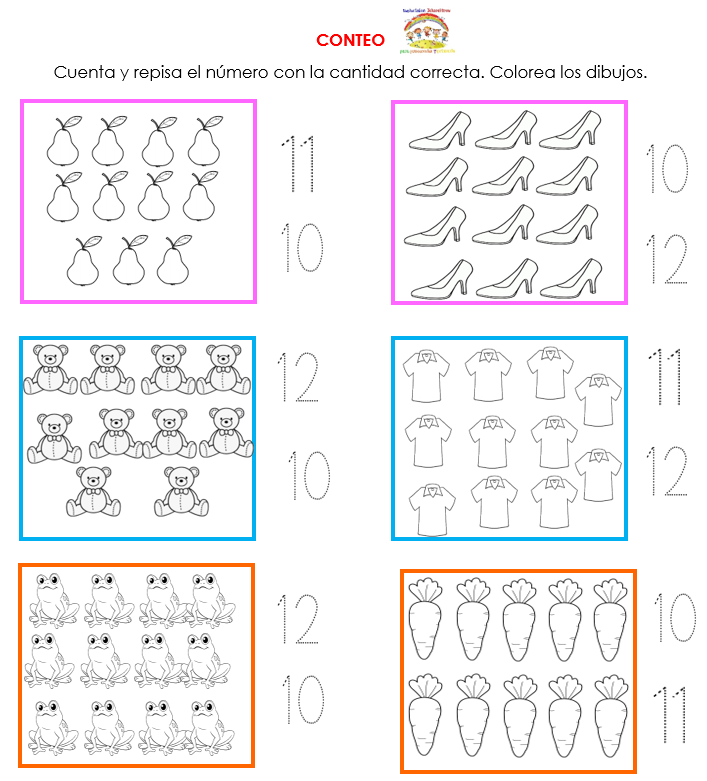Unlocking Early Learning: The Power of Collections in Preschool
Have you ever noticed a preschooler's fascination with gathering small objects? From colorful rocks and shiny buttons to quirky bottle caps and delicate feathers, these miniature treasures hold a surprising educational power. This seemingly simple act of collecting items is actually a rich learning experience known as "collection activities" (or actividad de colecciones para preescolar in Spanish), a powerful tool for fostering development in young children.
Collection activities provide a hands-on learning experience that engages preschoolers' natural curiosity. By sorting, categorizing, and displaying their gathered items, children develop critical thinking skills, enhance their understanding of the world around them, and build a foundation for future academic success.
While the specific origins of using collections in early childhood education aren't easily pinpointed, the practice aligns with foundational educational theories like Piaget's stages of cognitive development. Children in the preoperational stage (roughly ages 2-7) learn through concrete experiences, and collections offer a tangible way to explore concepts like classification, seriation, and counting.
The importance of these activities lies in their ability to connect abstract concepts to concrete experiences. For instance, sorting buttons by color not only reinforces color recognition but also introduces the idea of categorization, a fundamental skill for organizing information. Similarly, arranging leaves by size helps children grasp the concept of seriation and lays the groundwork for understanding numerical sequences.
However, there can be challenges. Managing a classroom full of collections requires careful planning and organization. Teachers need to establish clear guidelines for collecting, ensure materials are safe and age-appropriate, and provide adequate storage solutions. Addressing potential issues like sharing and respecting others' collections is also crucial.
A simple collection activity could involve gathering leaves on a nature walk. Children can then sort the leaves based on size, shape, or color. This provides a concrete understanding of these attributes.
Benefits of Collection Activities:
1. Math Skills Development: Counting, sorting, and classifying collections reinforces basic math concepts. For example, counting rocks helps with number recognition, while sorting shells by size introduces comparison and measurement.
2. Language Development: Describing their collections expands vocabulary and encourages communication. Children learn to use descriptive words like "big," "small," "smooth," and "rough" while sharing their findings.
3. Social-Emotional Development: Sharing and discussing collections promotes social interaction and collaboration. Children learn to take turns, negotiate, and respect others' contributions.
Action Plan: Begin by introducing the concept of collections. Take a nature walk to gather items, provide containers for sorting, and encourage children to discuss their findings. Display collections in the classroom to celebrate their efforts.
Checklist for Starting a Collection Activity:
- Define a theme (e.g., nature items, buttons)
- Gather safe and appropriate materials
- Provide containers for sorting and storage
- Facilitate discussions about the collections
Advantages and Disadvantages of Collection Activities
| Advantages | Disadvantages |
|---|---|
| Engaging and hands-on learning | Potential for mess and disorganization |
| Develops various skills (math, language, social) | Requires teacher planning and supervision |
Best Practices:
1. Set Clear Guidelines: Establish rules for collecting and handling items.
2. Provide Variety: Offer diverse materials to spark interest and cater to different learning styles.
3. Integrate with Curriculum: Connect collections to other learning areas, such as literacy or science.
4. Encourage Collaboration: Facilitate group activities to promote teamwork and communication.
5. Celebrate Collections: Display children's work and acknowledge their efforts.
Examples of Collection Activities:
1. Nature Collection: Leaves, rocks, twigs, flowers
2. Button Collection: Sorting by color, size, shape
3. Shell Collection: Categorizing by type, size, texture
4. Stamp Collection: Exploring different countries, themes
5. Recycled Materials Collection: Creating art projects from discarded items
Challenges and Solutions:
1. Messiness: Designate specific areas for collections and provide storage containers.
2. Sharing Issues: Establish clear rules for sharing and taking turns.
3. Limited Space: Rotate collections regularly to maximize display space.
4. Lack of Interest: Offer a variety of materials and themes to cater to different interests.
5. Safety Concerns: Ensure all materials are age-appropriate and non-toxic.
FAQs:
1. What are the benefits of collection activities for preschoolers?
They enhance math, language, and social-emotional skills.
2. How can I start a collection activity in my classroom?
Begin with a theme, gather materials, and provide storage.
3. What are some examples of collection themes?
Nature items, buttons, shells, stamps, recycled materials.
4. How can I manage a large collection in my classroom?
Establish clear guidelines, provide storage, and rotate displays.
5. What are some safety considerations for collection activities?
Ensure materials are age-appropriate and non-toxic.
6. How can I address sharing issues with collections?
Establish clear rules and encourage communication.
7. How can I integrate collections with other learning areas?
Connect them to literacy, science, or art projects.
8. How can I make collection activities engaging for all children?
Offer a variety of materials and themes.
Tips and Tricks: Incorporate technology by taking photos of collections and creating digital displays. Invite families to contribute to collections to build a sense of community.
In conclusion, collection activities (actividad de colecciones para preescolar) are a valuable tool for fostering early childhood development. They offer a unique, hands-on approach to learning that engages children's natural curiosity and promotes a wide range of skills. From strengthening math and language abilities to nurturing social-emotional growth, the benefits are undeniable. By implementing best practices and addressing potential challenges, educators can harness the power of collections to create enriching and meaningful learning experiences for preschoolers. Encourage exploration, celebrate discoveries, and watch as young minds blossom through the simple act of collecting. So, gather those buttons, shells, and leaves, and embark on a journey of discovery! The learning potential within a small collection is vast and waiting to be unlocked.
Conquering the road mastering your toyota highlander wheel torque
Unlocking upenn spring break your guide to an epic vacation
Dive into the world of reverse harem novels














